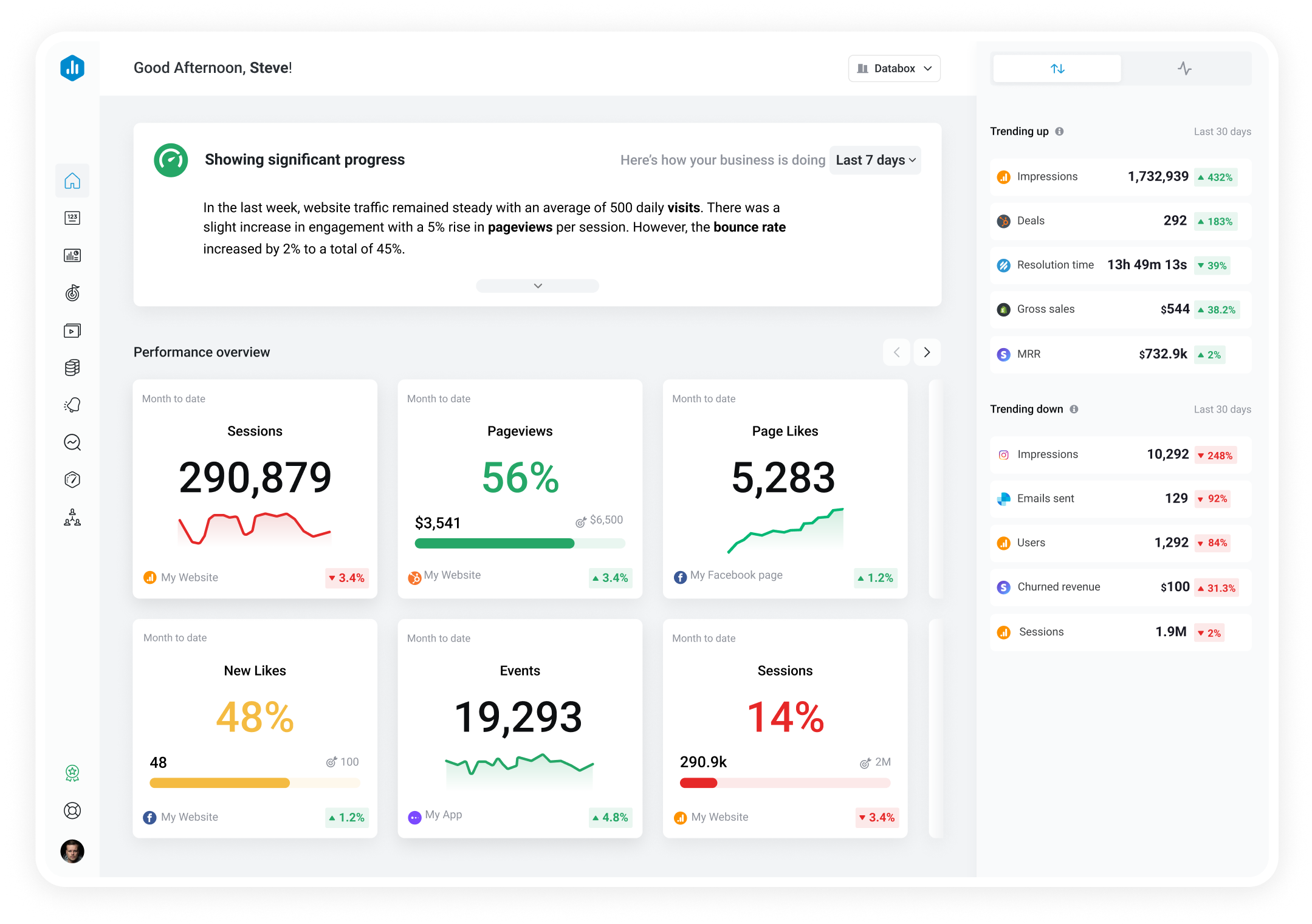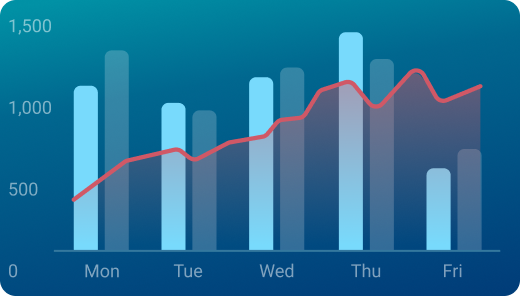Track all of your key business metrics from one screen
GET STARTED
 HubSpot Marketing
New Customers by Other Campaigns
HubSpot Marketing
New Customers by Other Campaigns The New Customers by Other Campaigns metric in Hubspot measures the number of customers acquired through non-traditional sources such as referrals, events, or partnerships, within a specific time frame.
With Databox you can track all your metrics from various data sources in one place.

Used to show comparisons between values.
Databox is a business analytics software that allows you to track and visualize your most important metrics from any data source in one centralized platform.
To track New Customers by Other Campaigns using Databox, follow these steps:
 Goals
Goals Scorecards
Scorecards Metric Digest
Metric Digest Metric Builder
Metric Builder Data Calculations
Data Calculations Performance Screen
Performance Screen